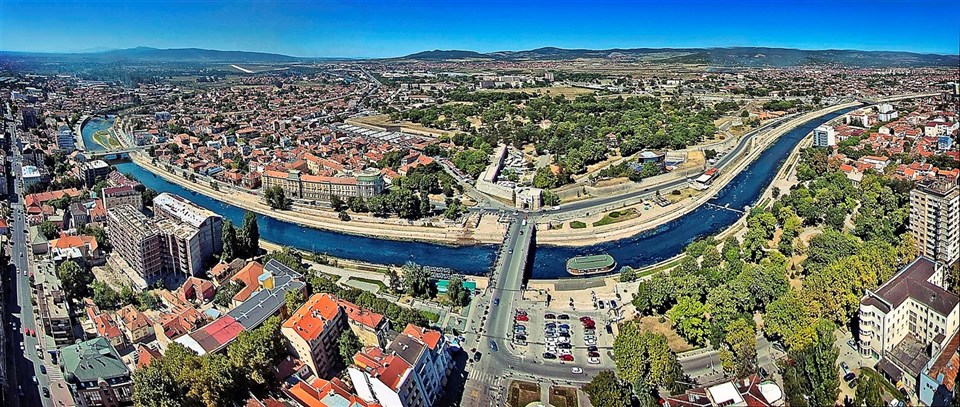Welcome to Serbia!
INTRODUCTION TO THE HOST COUNTRY
Serbia has connected West with East for centuries – a land in which civilizations, cultures, faiths, climates and landscapes meet and mingle. Serbia is a crossroads of Europe.
LOCATION: Southeastern Europe, in the center of the Balkan Peninsula
POPULATION: 7,209,764
AREA: 88,361 km2
OFFICIAL LANGUAGE: Serbian
GOVERNMENT: Parliament Republic
OFFICIAL CURRENCY: Serbian dinar (RSD)
COUNTRY TELEPHONE CODE: +381
TIME ZONE: GMT+1 (GMT+2 in summer)
THE CITY OF NIS
Nis is the third-largest city in Serbia and the administrative center of the Nisava District. According to the 2011 census, the urban area of Nis has a population of 187,544, while the administrative area has a population of 260,237 inhabitants. It is one of the oldest cities in the Balkans and Europe, and has from ancient times been considered a gateway between the East and the West.

It was founded by the Scordisci in 279 BC after the invasion of the Balkans. The city was among several taken during the Roman conquest in 75 BC; the Romans constructed the Via Militaris through the city in the 1st century, and it is also the birthplace of Constantine the Great, the first Christian Emperor and the founder of Constantinople, as well as Constantius III and Justin I. It is home to one of the oldest churches in Serbia, dating back to the 4th century, in the suburb of Mediana. During the partition of the Roman Empire it fell under the control of the Byzantine Empire. In the 6th century Slavic tribes began settling the Balkans; the town was held by the Byzantines until the 9th century when it fell under Bulgar rule. Authority over the city was contested until the Byzantines eventually granted the city to the Serbs in the 12th century. Nis served as Stefan Nemanja's capital. It was conquered by the Ottomans in the 15th century, becoming the seat of a sanjak initially in Rumelia Eyalet (1385-1443, 1448-1846), then in Nis Eyalet (1846-1864) and finally in Danube Vilayet (1864-1878). It was conquered by the Serbian Army in 1878 during the Serbian–Ottoman War (1876–78).
Nis is one of the most important industrial centers in Serbia, especially in the electronics, mechanical engineering, textile, and tobacco industries. Nis Constantine the Great Airport is its international airport. In 2013 the city was host to the celebration of 1700 years of Constantine's Edict of Milan. The town was named after the Nisava River, which flows through the city and which was named Navissos by the Celtic in the 3rd century BC; from this term comes the Roman Naissus, Byzantine Nysos and Slavic Nis. Legend has it that Nis was founded by a Prince Nisa, who built it using the nearby Humska Čuka stone. It has been called The Emperor's City. The name is sometimes rendered as Nish or Nissa in English.
Nis in numbers:
|
Country: |
Serbia |
|
Region: |
Southern and Eastern Serbia |
|
District: |
Nišava |
|
Municipalities: |
5 |
|
Area: |
597km² |
|
Population: |
185 987 |
|
Postal code: |
18 000 |